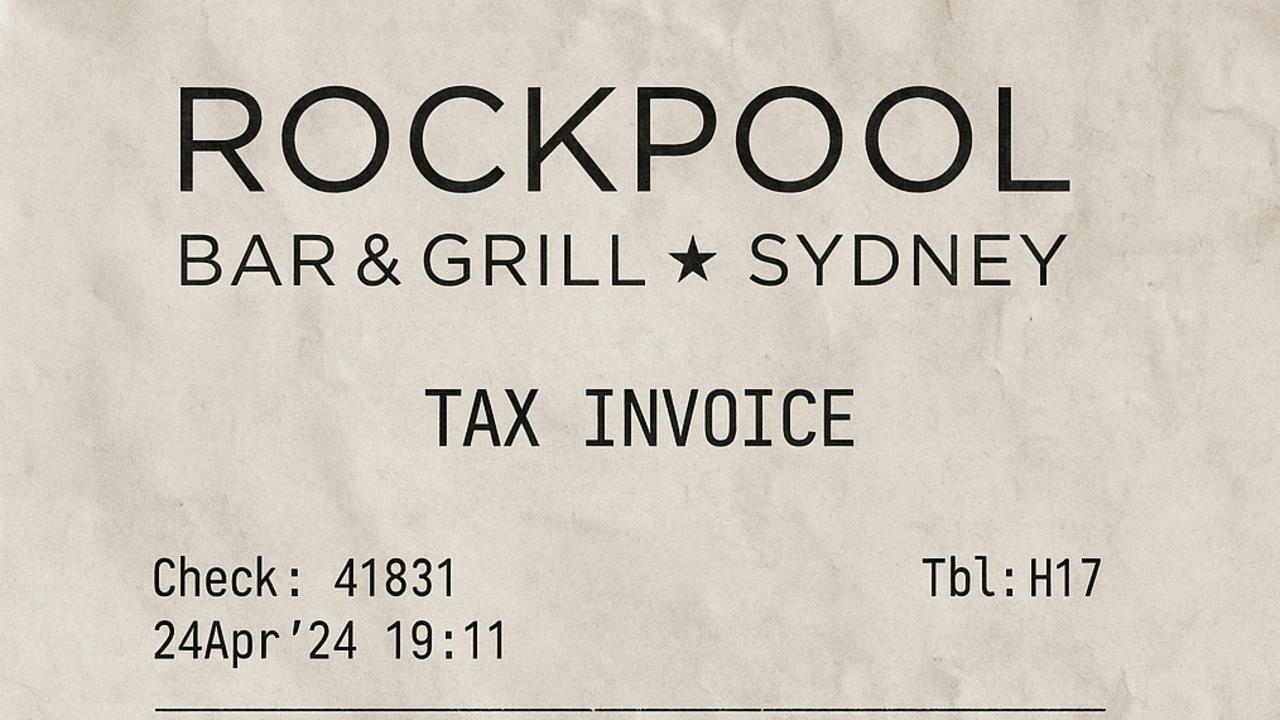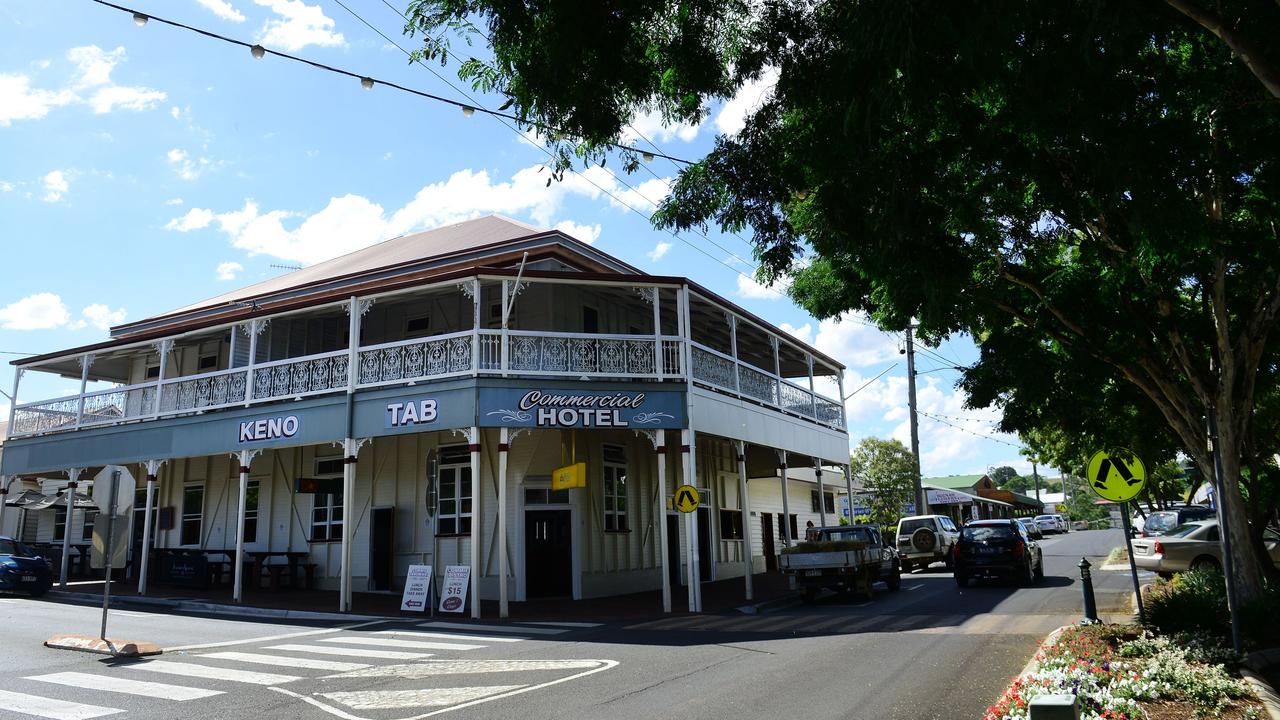ANZ’s board ignore the very loud message over bonuses in wake of bond scandal
Qantas, Woolworths and now ANZ have all found out the hard way. On reputation – you go up slowly but come down at high speed.

Business
Don't miss out on the headlines from Business. Followed categories will be added to My News.
With as many as three reviews underway into the troubled markets business – including one probing culture; an ASIC investigation up and running; and a bank regulator tightening its leash; the Paul O’Sullivan-led ANZ board is walking a fine line with investors.
That the board could go into the annual meeting proposing only a 10 per cent discount on outgoing chief executive Shayne Elliott’s long-term bonus package, was a sure sign it hadn’t read the room on just how much hot water the lender is in around non-financial and reputational risk.
Qantas, Woolworths and now ANZ have all found out the hard way on reputation – you go up slowly by taking the stairs but come down at high speed via the elevator.
The board showed its tin ear by asking shareholders to approve a package of restricted rights and performance rights with a face value of $3.2m that vests over several years. It’s important to note the headline figure of the package represents the maximum potential and is paid only if certain hurdles are met.
Even so, the proposal came with ANZ arguably facing the most intense confluence of reputational and regulatory issues since being embroiled in the Primebroker stock-lending dramas of early last decade. And those issues haunted the bank for years.
Elliott and his institutional boss Mark Whelan have both already taken as much as a 50 per cent hit to this year’s short-term bonus, however the optics around being rewarded for the long-term gain are all wrong. This became all too clear even in the lead-up to the near five-hour annual meeting.

In recent weeks O’Sullivan had faced serious pushback on the rights package from several big investors including industry funds taking the advice of CGI Glass Lewis and ACSI.
Indeed, there was more ire from shareholders about Elliott’s rights package than there was about the overall performance of the bank’s board for the past year.
Heading into the meeting, proxy votes were running at just over 49 per cent firmly against issuing the rights package. By comparison, the no votes on the remuneration report were at 38 per cent.
It was only at the eleventh-hour that ANZ pulled the proposal. And that’s when it became clear it wasn’t going to win support for the package. Even if it limped over the line it would have been a bad look.
O’Sullivan said in the lead-up to this week’s annual meeting he had come across a wide range of views on what the appropriate level of punishment for executives over the corner the bank finds itself. However it was an issue where “reasonable minds can differ”.
This is another distraction the bank doesn’t need right now at it finds itself in a difficult spot, caught between an unfinished ASIC investigation but having to deal with the real-time fallout from problems in its Sydney-based government bond trading business.
The chairman rightly noted Elliott and his institutional boss Whelan are “not sitting in the Sydney trading room managing it directly”, but they are ultimately accountable to the board.
“Despite the fact that the institutional bank had its best ever year … at ANZ it’s not just what result we do, but it’s how that result was achieved. We’ve made a significant reduction in remuneration for the accountable executives,” O’Sullivan said at the annual meeting.
The reason why regulators are so nervous about potential wider problems in the markets business is that if left unchecked these problems have the power to quickly cripple a bank – no matter how safe its lending book across other areas.
Some of the poor conduct of the Sydney traders “had raised questions and did indicate that we have more to do”, O’Sullivan said, adding that several of the traders had left the business. While culture is under focus, ASIC is probing allegations of potential market manipulation in bond trading.
In issuing a shareholder strike, investors have strong motivation to question ANZ’s performance. It’s come out of 2025 with the most issues around it and there’s still a big question mark over the long time it has taken to get customers onto its new tech platform. This should begin in a big way from next year.
Among the big four ANZ is closing out 2024 with its shares up 10 per cent. This falls short of National Australia Bank at 20.6 per cent; Commonwealth Bank at 37 per cent and Westpac at 39 per cent.
It’s still too early to call the turning point for ANZ. Corporate regulator ASIC is likely to finish its bond market investigation in the coming months, but the appointment of former HSBC executive Nino Matos to replace Elliott by mid-year will trigger a fresh round of uncertainty. It remains to be seen if internal contender Mark Whelan remains. Matos is likely to want his own executive team around him which brings more upheaval. And there’s the Suncorp integration and the ANZ Plus tech migration.
ANZ is the most global of the big four Australian banks, but it’s very much its home market is where the big near-term risks lay.
Toll pressure
Unusually, the competition regulator didn’t see the complex agreements between toll road operators around the opaque toll costs for customers travelling on rival roads as a potential problem when it opposed Transurban’s attempt to buy a stake in Melbourne’s second toll road operator ConnectEast last year.
Rather, the competition regulator blocked the near $2bn deal, at the time arguing it would entrench Transurban’s position as the only commercial operator of toll roads. This would give Transurban “incumbency advantages” in making a run for future toll road concessions, particularly in Victoria. North East Link under construction by the Victorian government is expected to come on the market in coming years.
However, a long-running legal dispute between the two operators, followed closely by my colleague Angelica Snowden, has taken a sharp turn against Transurban.

The toll road operator has been ordered by the Victorian Supreme Court to pay ConnectEast at least $40m. The payment could be higher, although the judgment remains confidential.
The dispute is around the chargeback fee – which Transurban currently has set at 18c – for a roaming agreement where drivers can travel seamlessly between the two roads on the single tolling account.
This fee per trip, which is also indexed against inflation, is “too high” argued ConnectEast, and wanted to claim a refund, as Snowden reports. It is understood the court agreed and said it should be much lower than the one paid.
Perplexingly, the roaming agreement puts no pressure on the chargeback fee to go down – only up – even with the benefit of scale of hundreds of millions of trips being made across the tollroads.
This fee is added to the toll, but paid for by the tolling operator – not the driver – under a national agreement.
Collectively, it all adds up. ConnectEast reasoned this could be as much as $100m in overcharged fees over a decade. But only four years were used as an example in this specifc case.
At the time of its Transurban decision, the ACCC felt tolling service levels weren’t likely to be a hurdle to any merger given tolls were heavily regulated and electronic fees were not the main source of revenue for toll road operators. Transurban is considering its options including appealing the Supreme Court’s judgment.
Rio demands
Rio Tinto’s board led by Dominic Barton got a Christmas present from small British hedge fund Palliser Capital when late on Thursday it demanded a shareholder vote calling for an independent review on the merits of unifying the miner’s current dual listed structure into a single Australian entity.
Palliser has been heaping pressure on the board to follow BHP’s lead, to collapse its London and Australian listing into one entity. Rio Tinto has argued the numbers don’t stack up – particularly with the bulk of Rio’s value traded through its UK listing. So too there are big tax implications with substantial income generated outside Australia.
Palliser went public on its campaign to unify the structure on the morning of Rio’s investor day earlier this month, but chief executive Jakob Stausholm ruled out such a move.
More Coverage
Originally published as ANZ’s board ignore the very loud message over bonuses in wake of bond scandal









